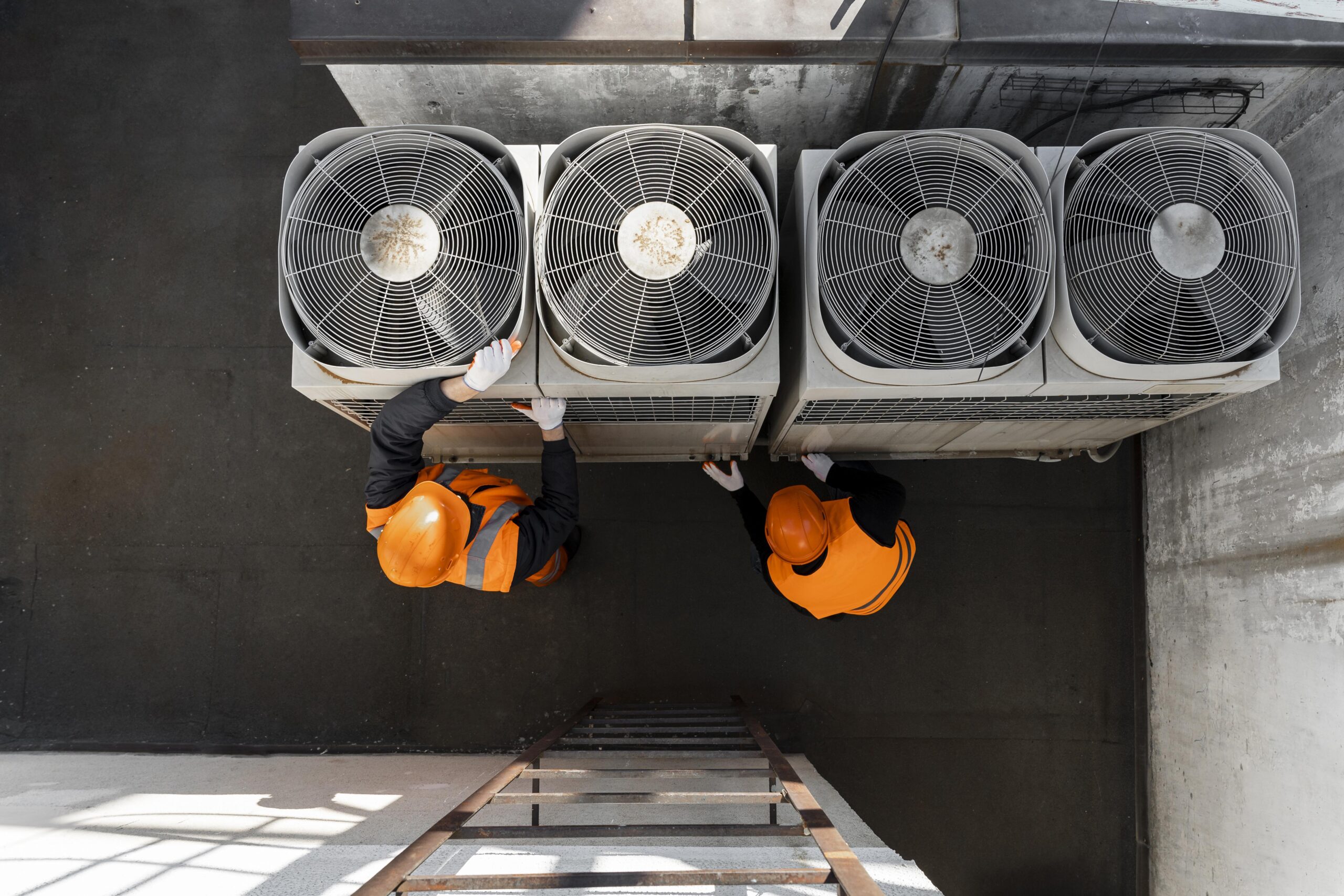
Forced air heating is a common way to heat homes and buildings. This system uses a furnace that burns fuel to create warmth. The heated air moves through metal pipes called ducts to reach different rooms. Cool air returns to the furnace through other ducts to be heated again. This simple process keeps your home comfortable, and understanding it helps when working with HVAC technicians.
Basics of Forced Heat
Forced heat works on a simple idea – heat air and blow it around your home. The system starts with a furnace that burns fuel like gas or oil. When the fuel burns, it creates hot air inside the furnace. A fan then blows this hot air over a heat exchanger. The heat exchanger takes the warmth and sends it into the ducts. These ducts carry the warm air to every room. Cool air comes back through return ducts to start the process again.
Components of a Furnace
A furnace has several important parts that work together:
- Heat exchanger – transfers heat from burning fuel to the air
- Burner – where fuel burns to make heat
- Blower motor – pushes air through the system
- Air filter – catches dust and dirt to keep air clean
- Thermostat – controls when the furnace turns on and off
Each part has a specific job. The burner creates heat, the heat exchanger moves that heat to the air, and the blower motor pushes the warm air through your home. The air filter keeps everything clean, while the thermostat keeps your home at the right temperature.
Ignition and Combustion Process
When your home needs heat, the thermostat tells the furnace to start. The ignition system lights the fuel using either a small flame or an electric spark. Once lit, the fuel mixes with air and burns. This burning creates heat that the heat exchanger captures. The blower then pushes air over the hot heat exchanger, warming it up. This heated air flows through the ducts to warm your rooms.
Heat Distribution Methods
The furnace blower pushes heated air through a network of ducts in your home. These ducts branch out like tree limbs to reach different rooms. Each room has vents that you can open or close to control airflow. The speed of air coming from vents matters – too fast and rooms won’t heat well, too slow and the system works poorly. Well-designed ducts and proper airflow help heat reach every corner of your home evenly.
Energy Efficiency Considerations
You can make your heating system use less energy and save money. Good insulation keeps heat from escaping your home. Clean filters and well-maintained parts help the system run better. Set your thermostat to the lowest comfortable temperature when home, and lower it when away. A programmable thermostat can change temperatures automatically based on your schedule. These simple steps reduce energy use and lower your heating bills.
Maintenance Tips and Best Practices
Regular care keeps your heating system running well:
- Replace air filters every 1-3 months for better airflow
- Check and clean ducts yearly to remove blockages
- Get professional inspections twice a year
- Oil moving parts, like fan motors, to reduce wear
- Keep vents and registers clear of furniture and debris
- Check thermostat settings and adjust if needed
These basic maintenance tasks help your system work better and last longer. Regular care prevents more serious issues and expensive repairs.
Related Topics:









